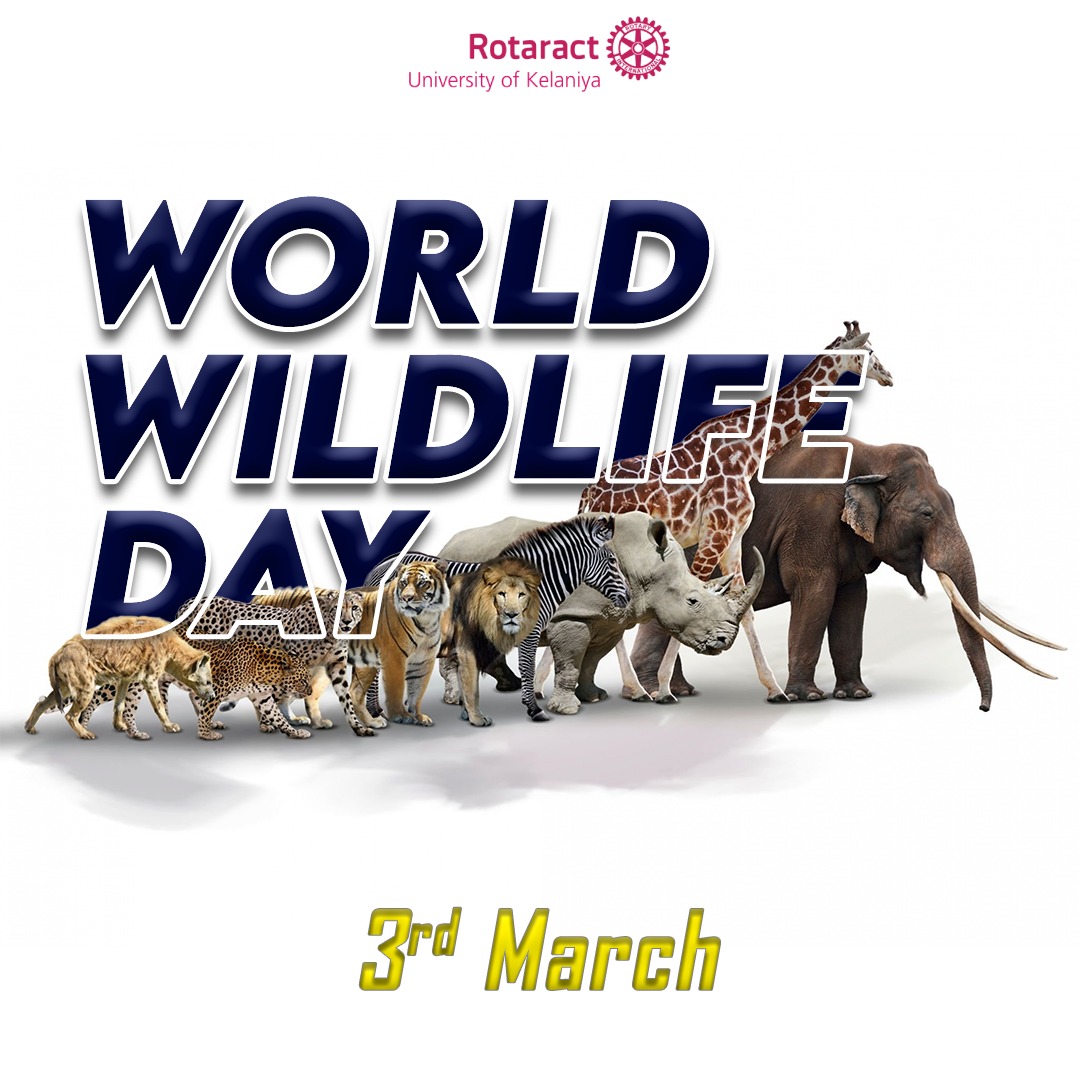When you were a kid. Probably you would have adored animals right ?
I loved elephants, Cheetahs, Lions, and Black Panthers and I was so fond of how beautiful Zebras were. Where do they live and how are they part of nature ?
Wildlife encompasses all introduced and native species, feral domestic animals, and free-ranging and captive wild vertebrates, including amphibians, reptiles, birds, fish, and mammals.
Such an amazing creation and do we humans really preserve it?
15 billion trees are cut down every year. Apart from destroying ecosystems and triggering biodiversity loss, deforestation accelerates global warming. As some of the world’s largest carbon sinks, forests play a huge role in absorbing planet-warming carbon dioxide from the atmosphere.
Deforestation and several human actions lead to a major threat to the survival of species and endangered animals. Humans have come to realize that the conservation of animals is vital. Natural events like climate warmth or cooling or changes in sea levels may be the cause of animal extinction. Yet in more recent eras, human activity has been the culprit. The primary causes of contemporary extinctions, along with pollution, the introduction of foreign species, and overfishing or overhunting, are habitat destruction as farming land is expanded and forests are cleared. Yet it’s becoming more widely believed that extinctions are being caused by climate change.
Extinct species ;
- West African Black Rhinoceros
- Baiji White Dolphin
- Pyrenean Ibex
- Passenger Pigeon
- Tasmanian Tiger
- Stellers Sea Cow
- Great Auk
While rhino horn trade has been prohibited internationally since 1977 under the Convention on International Trade in Endangered Species of Fauna and Flora (CITES), a global accord between governments to abide by rules to monitor, regulate, or outright prohibit international trade in species under threat, demand has remained high and continues to support rhino poaching in both Africa and Asia. Illegal organizations use a network of transit hubs and smuggling routes to get rhino horn from countries like South Africa to its final market in Asia. Nowadays, rhino horn is primarily sold in nations like Vietnam and China where it has developed into a party drug, a dietary supplement, and a hangover remedy. In Vietnam, there is also a recent idea that rhino horn has healing properties.
WWF – Over the last decade, conservationists have come to understand just how central community involvement is to wildlife conservation success and how important it is for communities to actively steward the natural resources around them to improve economic and social well – being. WWF’s community-based conservation work today reflects this fundamental reality.
Spread kindness and preserve wildlife.




